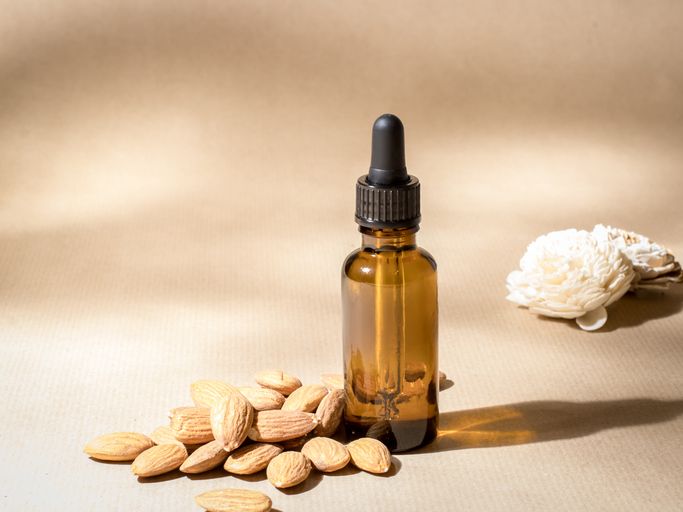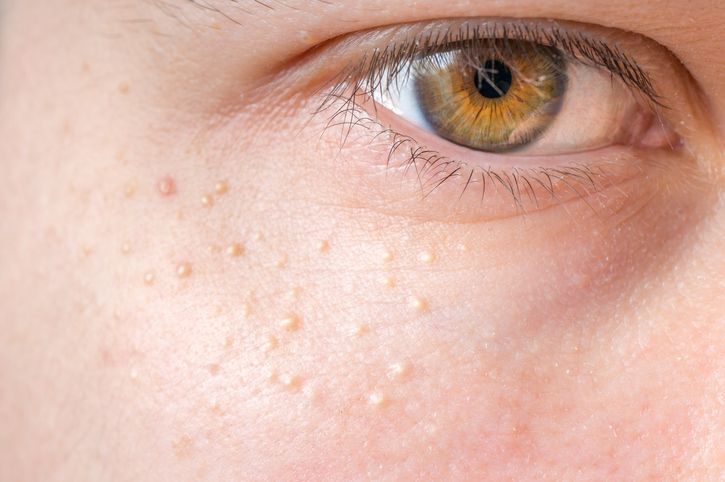- Home
- Trend
- Weight Loss Strategies
- Acne Tips
- Hair Health Information
- Blemish Removal Tips
- Acne Scar Removal Tips
- Muscle Building Techniques
- Intimate Care Tips
- Postpartum Intimate Care
- Eye Bags Wiki
- Tips for Face Slimming
- Secret of Permanent Hair Removal
- Breast Enlargement Tips
- Cure to Snoring
- Marionette Lines
- Skin-Tightening Secrets
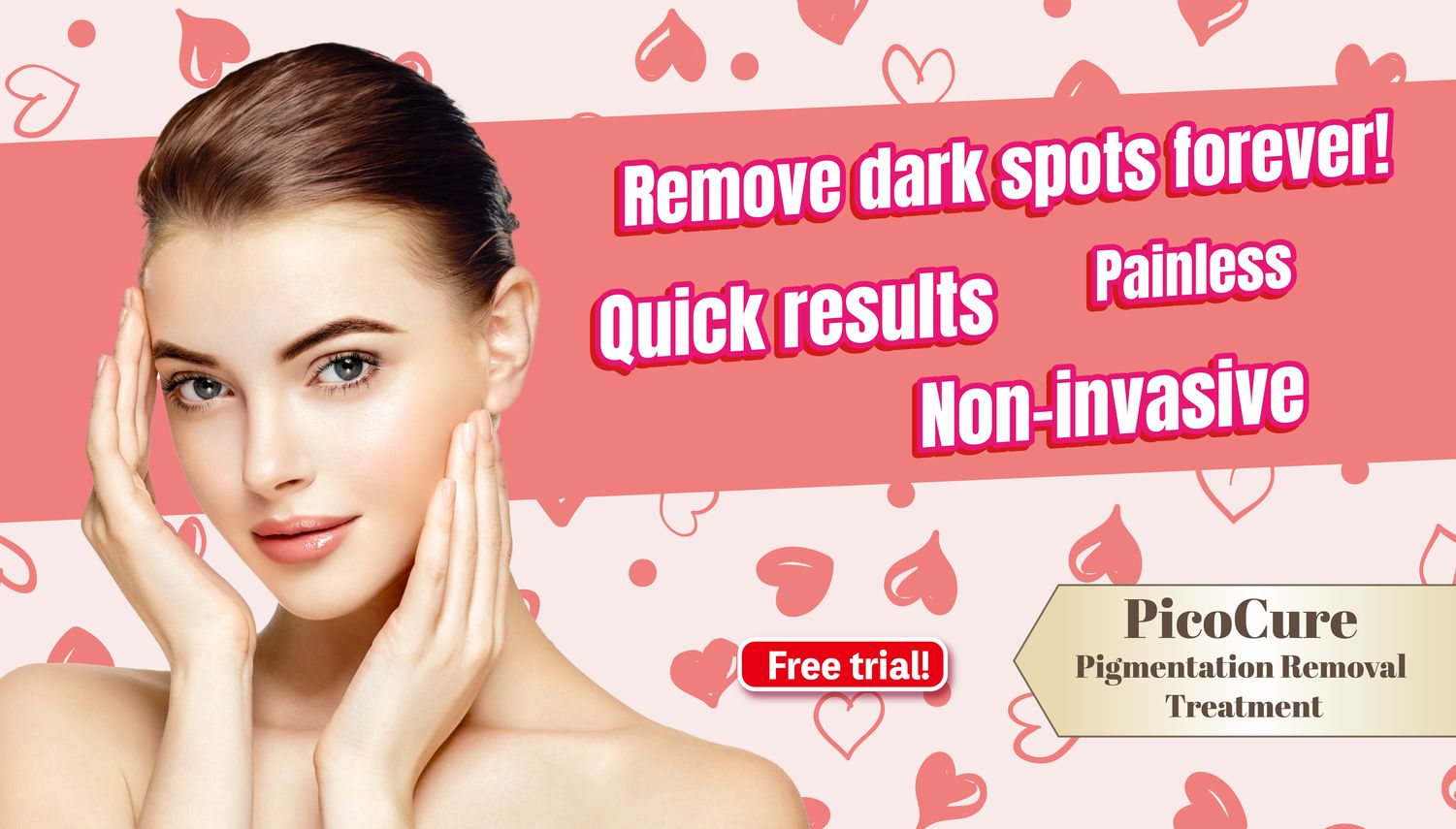
免費體驗
PicoCure Pigmentation Removal Treatment
1 Minute Self-Registration
Date should not be before minimal date
Have you ever wondered why your skin develops different types of blemishes? Whether it's freckles from a sunny day, acne from hormonal changes, or those stubborn sun spots that seem to appear out of nowhere, understanding the causes and treatments can help you achieve clearer, healthier skin. In this guide, we'll explore the various types of skin blemishes, their causes, and 10 effective home remedies to treat them. Plus, we’ll share 8 practical tips to prevent blemishes from making an unwanted appearance. Let’s dive in and uncover the secrets to flawless skin!
1
Types of Blemishes and Their Causes
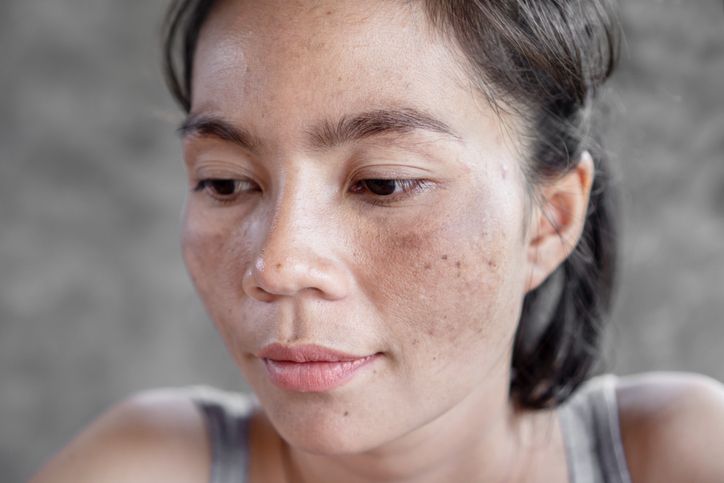
Freckles
Acne Blemishes
Sun Spots
Melasma
Birthmarks
Cancer Spots
2
Other Possible Causes of Blemishes
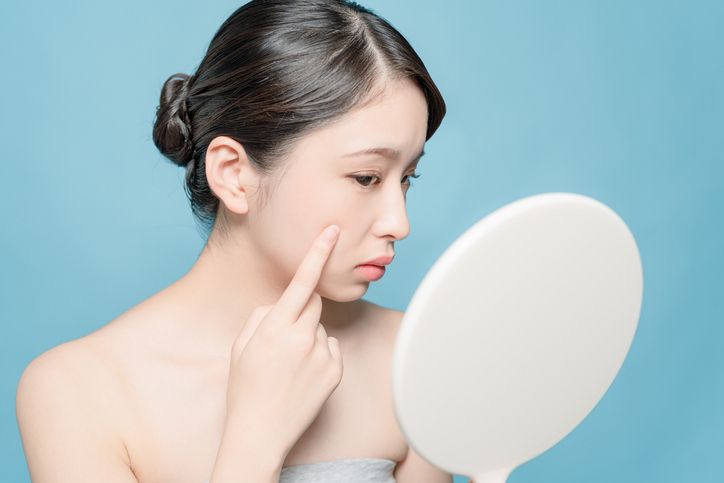
Oily Face
Diet
Medications
Allergies
Pregnancy
Medical Issues
3
Different Skin Types and Their Common Blemishes

Dry Skin
Oily Skin
Sensitive Skin
Mature Skin
4
10 Tried-and-True Home Remedies for Blemishes

Honey and Cinnamon Mask
Oatmeal and Yogurt Exfoliant
Green Tea and Honey Toner
Egg White and Lemon Juice Mask
Turmeric and Milk Paste
Avocado and Banana Mask
Apple Cider Vinegar
Honey and Aloe Vera Gel Mask
Clay and Tea Tree Oil Mask
Cucumber and Yogurt Mask

免費體驗
PicoCure Pigmentation Removal Treatment
1 Minute Self-Registration
Date should not be before minimal date
5
PicoCure Pigmentation Removal Treatment: Clean All Dark Spots In No Time!
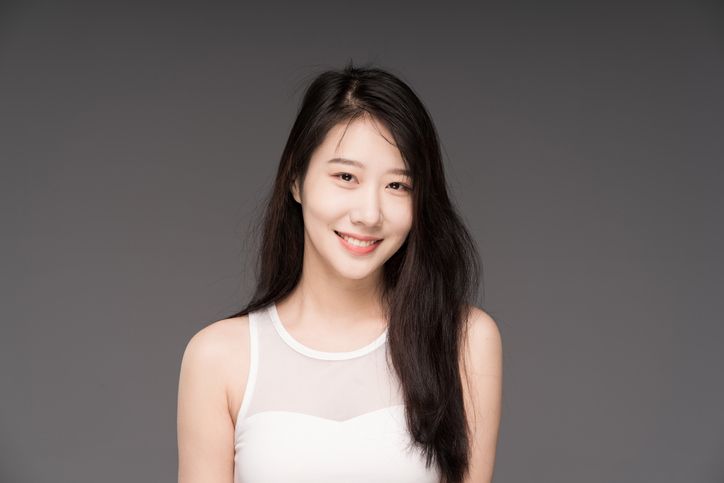
6
8 Ways to Prevent Blemishes

Wear Sunscreen!
Daily Facial Cleansing
Use Skin Brightening Skin Care Products
Weekly Chemical Exfoliation
Skin-Loving Diet
Exercise!
Sleep Plenty
Manage Your Stress

免費體驗
PicoCure Pigmentation Removal Treatment
1 Minute Self-Registration
Date should not be before minimal date
FAQ

Are home remedies effective for treating blemishes?
Home remedies like honey masks, oatmeal scrubs, and aloe vera can be effective for mild blemishes due to their natural antibacterial and anti-inflammatory properties. However, for persistent or severe blemishes, it's best to consult a dermatologist for professional treatments.
How often should I exfoliate to prevent blemished skin?
Exfoliate 1-2 times a week to remove dead skin cells and prevent clogged pores. Use chemical exfoliants like salicylic acid or glycolic acid for gentle and effective exfoliation. Avoid over-exfoliating, as it can irritate the skin and cause more blemishes.
What role do hormones play in causing blemished skin?
Hormonal fluctuations, particularly during puberty, menstruation, pregnancy, and menopause, can increase oil production and lead to clogged pores and blemishes. Hormonal acne often appears along the jawline and chin.
When should I see a dermatologist for blemished skin?
If your blemished skin persists despite following a good skincare routine, or if you experience severe acne, painful cysts, or scarring, it's time to see a dermatologist. They can provide personalized treatments and medications to effectively manage your skin concerns.
How does Perfect Medical's PicoCure Pigmentation Removal Treatment remove dark spots and blemishes effectively and efficiently?
Perfect Medical's PicoCure Pigmentation Removal Treatment uses advanced quad-wavelength picosecond laser technology to target and shatter melanin in dark spots and blemishes. The laser emits energy a thousand times faster than standard lasers, ensuring precise, quick, and pain-free removal. Many clients see significant improvements in as few as just three sessions.






